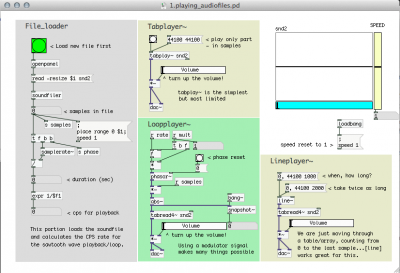I like not only the music from Mass Effect 2 but also the way in which it is played. There’s a really good video from the composers showcasing this but I can’t find it, so here’s this instead: https://www.youtube.com/watch?v=HimJxMXnIsI (don’t watch all of it though).
Basically, the instrumentation changes and more parts are add/removed as the action changes. I wanted to do something like this for my final project, but I made the mistake of listening to this to get an idea of the style: https://www.youtube.com/watch?v=eiL3YSlX4zs .
See what I did wrong? The second video doesn’t really show off the transitions. I basically said, “I like how this sounds, I’ll make 2 tracks kind of like these and then I’ll figure out some transitiony / performancy things to do with them later.” That’s no good, you don’t transition between two totally different tracks. You can’t fade between the first two tracks from the second link and have it sound like the transitions from the first link, which I found out the hard way when I started writing my second piece for the performance. Ultimately, this was an instance of me not planning ahead.
So what do I do from here? As I said, transitions generally involve changing instrumentation and adding / removing parts. But my first piece, in my opinion, depends on its specific MIDI instruments, and I don’t think it would sound full enough with some of its parts removed. The only remaining option, then, is to add some new parts. But I already sort of did that halfway through the piece, and for a performance thing I want more variety between the two songs I play to keep it interesting.
But writing song #2 as “new parts to add to #1” did help me get started, even if I didn’t stick to that mentality for long. I had to write a new standalone piece that sounded sort of like the first in terms of notes and song structure (so that they would sound at least reasonable if played together at any given point in time), but it also had to be different and interesting. And I still wanted the second piece to be similar in tone to the first but more actiony.
These are more constraints than I had originally anticipated. Still, I think I did a good job of fixing my incorrect initial approach, and I like how things turned out. I think the B track is a little less good than the A track (partially due to these constraints but mostly due to me running out of time to compose things) but I like how both came out, and I feel comfortable transitioning between them at any point in the song. I considered the idea of leaving the transitioning up to the audience / a volunteer, but in the end I decided to do it myself because I want to make sure everyone gets to hear the full 2 tracks and in a way that showcases them well. I’ll post the 2 tracks separately after the performance.

